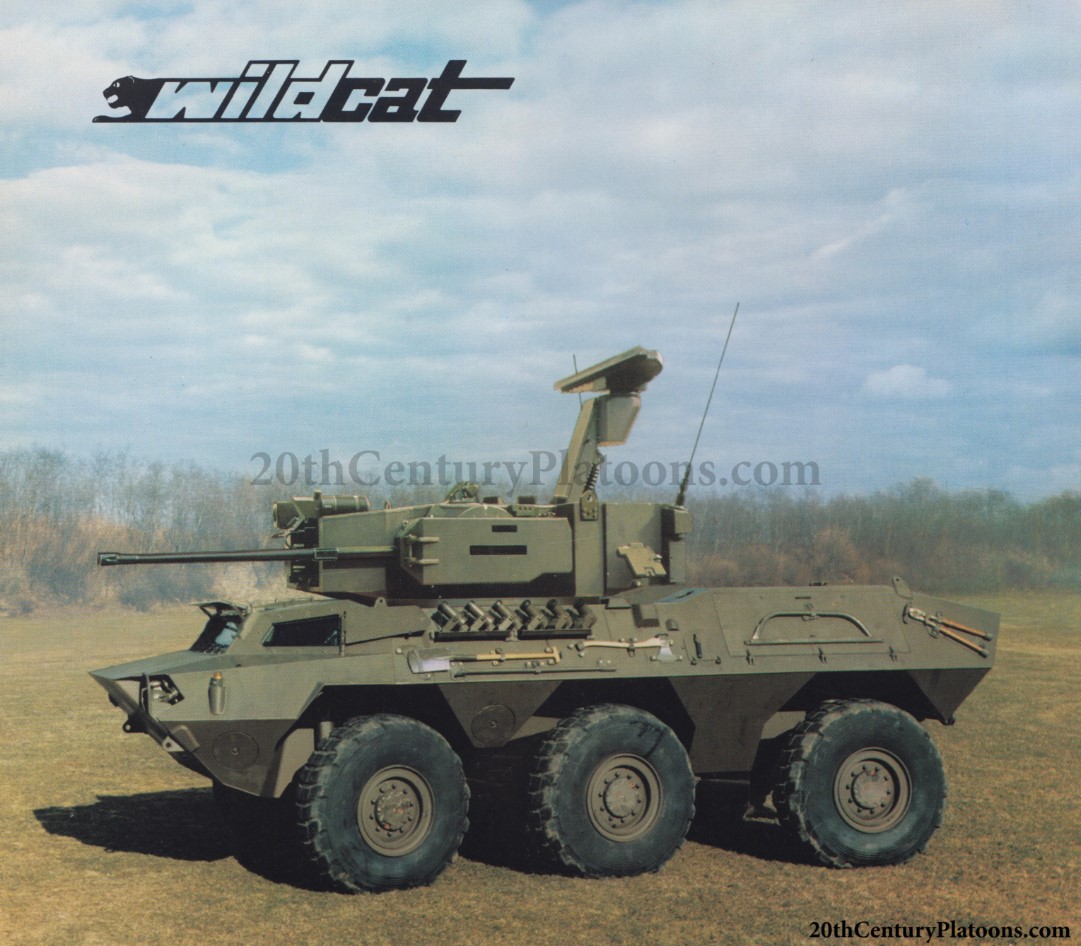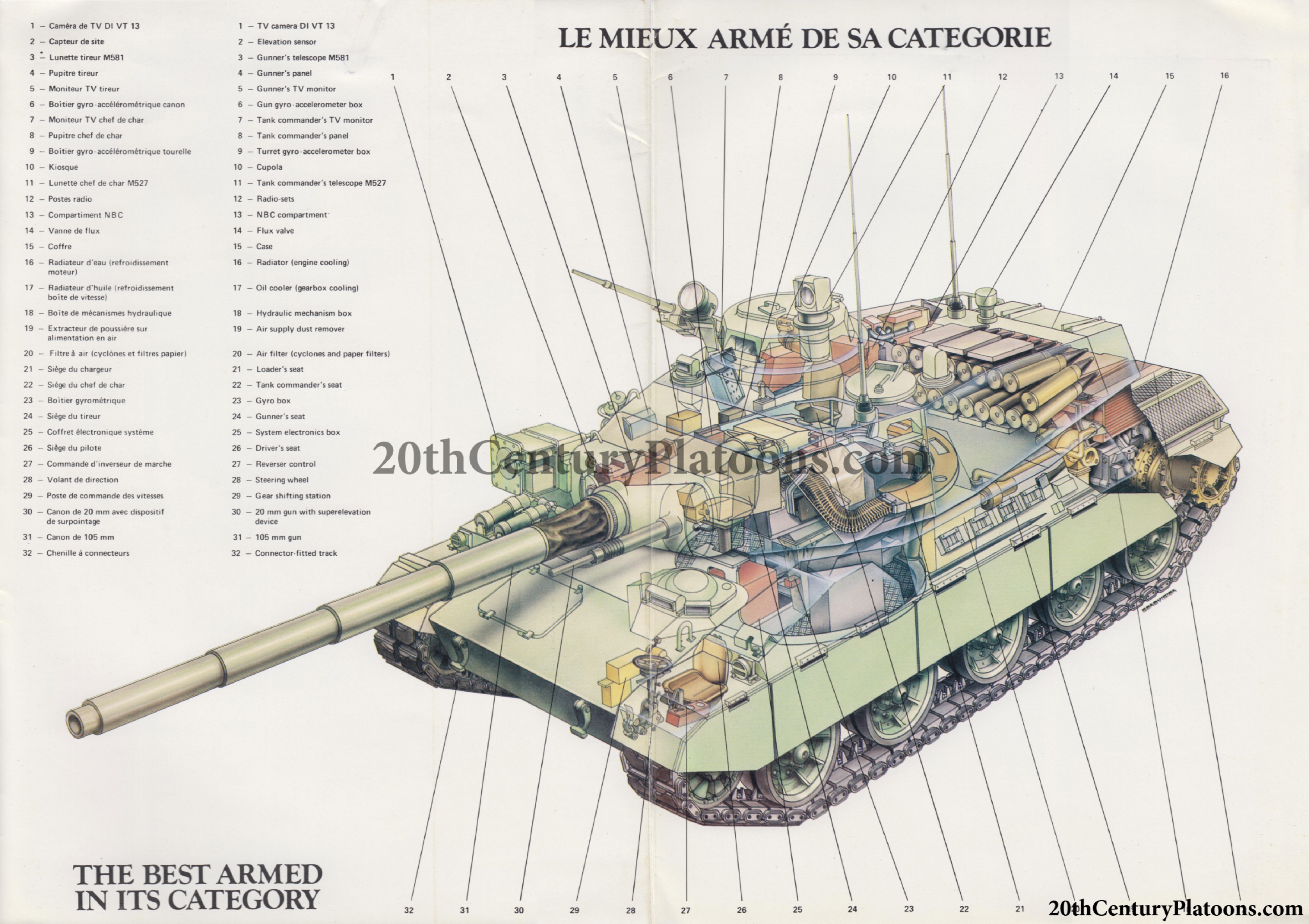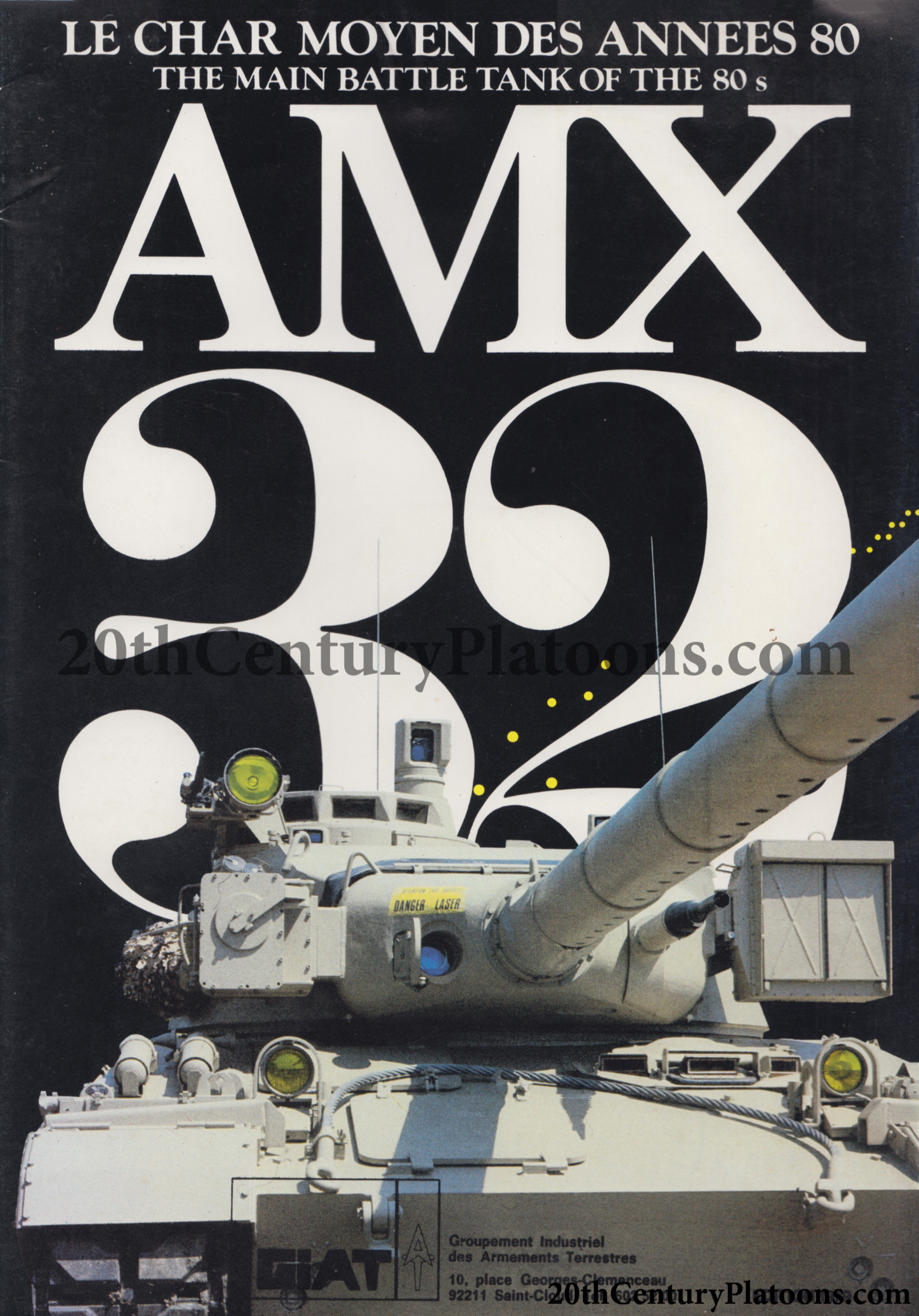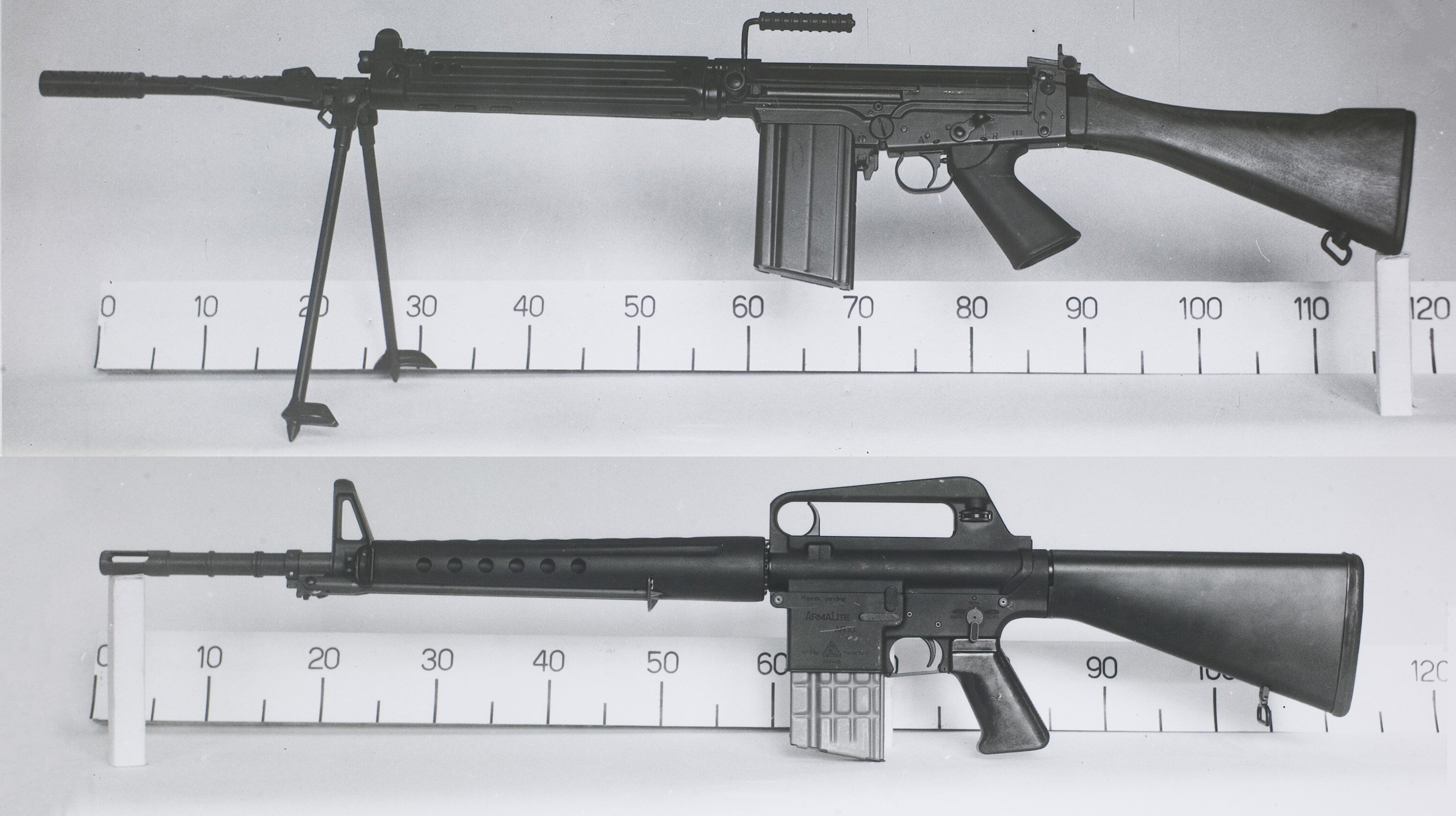Welcome to 20thCenturyPlatoons.com, a website dedicated to small-unit tactics and
military history.
Translating primary source material from four different languages into English,
this website aims to give a historical overview of squad,
platoon, and company level units of various nations,
using the very same manuals commanders of the era would have used.
How useful were the tactics employed by Dutch troops fighting in Indonesia between 1945 and 1949?
What impact did World War I have on the
German Schützenkompanie,
and how did its 1906 structure differ from 1922?
How did the French infantry platoon change from 1972 to 1999? To what degree has American
doctrine influenced NATO-partners?
In trying to answer these questions and explore modern military history, I will be using a number of "pillars", if you will.
These include lengthy articles based on multiple primary and secondary sources, scans of rare postcards and images with a military theme,
entire manuals uploaded to the archive, and brief discussions of material already available online.
This website will - for the most part - focus on the militaries of continental Europe.
The reason for this is two-fold:
In the first place, there is comparatively little English-language information
out there on for example the Dutch, Belgian, or Austrian military. Secondly, my own interests and collection simply focus on European armies.
None of that is to say, however, that the American or Commonwealth militaries are
entirely ignored. They are interesting in and of themselves, and they provide both
context and comparison.
×
![]()
The article below is a rather straightforward translation of an essay by Captain of the Technische Dienst ir. H.K. Kroeze titled
"Some comments on the effect of munitions against armour", as found under Nationaal Archief, Den Haag, Inspecties van de Wapens en Dienstvakken van de Koninklijke Landmacht, nummer toegang 2.13.158, inventarisnummer 1177.
One minor quirk of Dutch military terminology is worth pointing out here, as
"anti-armour" is not necessarily the most common phrase in English. Anti-armour is the translation of tegen pantser, which as the essay itself points out,
includes .50 calibre (12.7mm) and the prospective autocannon round, the 25×137mm. These rounds are certainly capable of defeating (light) armour,
though not necessarily that of tanks.
A number of figures given are based on either acceptance standards or are simply quoted from manuals.
Still, some specific reports are noted, most likely indicating the results from actual testing rather than theoretical penetration.
For easier reading, STANAG 4089 figures are inserted into the text itself. In the original document, they are an annex.
The images have been translated to a table as well.
Subject: Effect of munitions against armour, 13th of February 1967
Attached is an essay titled “Some comments on the effect of munitions against armour”.
In the annex, armour penetration figures of weapons in use with the Koninklijke Landmacht are included.
Inspector of the Technische Dienst
Brigade-General of the Technische Staf
Ir. F. Th. Segers
Click here to continue reading.
×
![]()
The following post presents the reader with two documents – a three page brochure and a 91 page presentation – on the Wildcat
Air Defense System/Anti-Aircraft Armored Truck. The turret, chassis, and overall system integration were the work of Krauss-Maffei,
with the Radar/IFF, Optronics and FCS, and armament being provided by Siemens, Signaal, and Mauser respectively.
Wilcat Brochure, circa 1979-1983 (Also available below)
Wilcat Presentation, circa 1983/84 (Only as PDF)
Click here to continue reading.
Report No. 2963 on the presentation of the 25mm Oerlikon Weapon System for NATO on May 20, 1969 at Ochsenboden Works Firing Range
×
![]()
The article below centres on the M113 C&V (Commando en Verkenning; sometimes abbreviated C&R for Command and Reconnaissance),
a vehicle more commonly known in Anglophone publications after its Canadian nickname, the Lynx.
As part of the American-style battalion-level reconnaissance platoons operated by the Dutch Army, the M113 C&V replaced the M38 "Nekaf" jeep.
With a total of 266 bought in 1966, the original vehicles were equipped with an M2 .50 and FN MAG.
In 1974, all 266 vehicles were re-equipped with the Oerlikon 25mm cannon. All in all, not a bad upgrade over the WWII-style jeeps used some 9 years prior.
The vehicle would serve until 1999, gradually being replaced a few years earlier by the YPR-765 pri until the Fennek reconnaissance vehicle was procured.
Click here to continue reading.
×
![]()
As a follow up to last November's post, we once again return to the AMX 10 series of vehicles,
in addition to the AMX 30 (including recovery and 155mm self-propelled howitzer variants), and its evolution, the AMX 32.
Note that the last vehicle has also been discussed here.
Of particular note is the AMX 30 technical manual (MAT 4021: Guide technique pour le char moyen de combat AMX 30) dated 1969, found here.
We'll let the documents and high-quality images speak for themselves.
Click here to continue reading.
Principles for the assessment of infantry rifles on tactical and technical aspects
×
![]()
The rifles that would be trialled: the Fabrique Nationale de Herstal
Fusil Automatique Léger (FN FAL) and the Artillerie Inrichtingen AR-10. Note that this is not
the final model of FAL as it would be adopted, differing with regards to its sights, carrying handle, and sling arrangement.
Introduction
This article is a follow-up to a previous article on the AR-10, found here. Whilst the documents cited in the aforementioned article concern an early trial by the Dutch Marine Corps in 1957,
the documents discussed below were drawn up by the Dutch Landmacht (Army) in 1961.
At this point in time,
both the Army and Marines found themselves engaged in low-intensity warfare against Indonesian "infiltrators"
(i.e. paratroopers, special forces and marines) equipped with a varied mix of old and modern weapons.
Click here to continue reading.
- 26th of September, 2021
The website's layout has been changed, displaying the five most recent page on the home page, with a longer list of all posts found on the second page.
- 23rd of June, 2018
The third and final article concerning the Dutch Marine Corps has been published.
- 14th of June, 2018
The second article - the Dutch Marine Corps 1978 - has been published.
Images now open as a pop-up.
- 7th of June, 2018
The first resource - concerning the Vietnamese sappers - is added.
- 5th of June, 2018
Interactive footnotes are added to the Dutch 1963 Marines Corps article.
The first manual is added.
- 4th of June, 2018
The first scanned postcard is added.
- 3rd of June, 2018
The first article - concerning the Dutch Marine Corps 1963 - is created.
- 2nd of June, 2018
The website is created and launched.







